#hieroglyph
Text
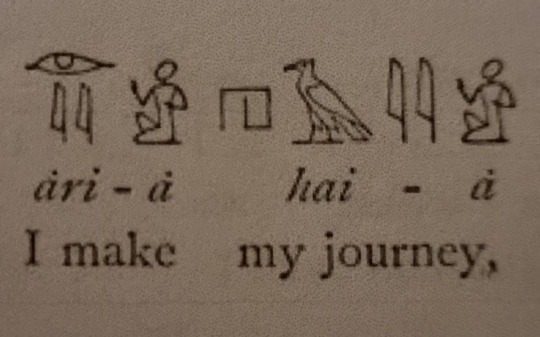
#hieroglyphics#egypt#egyptian#ancient egypt#ancient egyptian#kemet#kemetic#مصر#شمال افريقيا#north africa#north african#masr#egyptian hieroglyphs#hieroglyph#mediterranean
6K notes
·
View notes
Photo
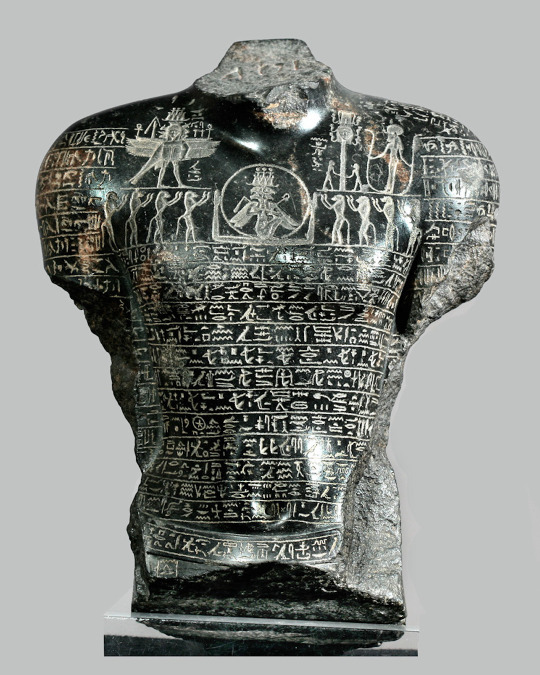
Egyptian Statue of a deified individual covered with magic spells and deities.
Date: c. 672-342 BC.
Naples National Archaeological Museum
#art#sculpture#torso#egypt#statue#deite#magic#spells#hieroglyph#style#history#naples national archaeological museum#tattoos#tattoed beauty#tattoo
384 notes
·
View notes
Photo
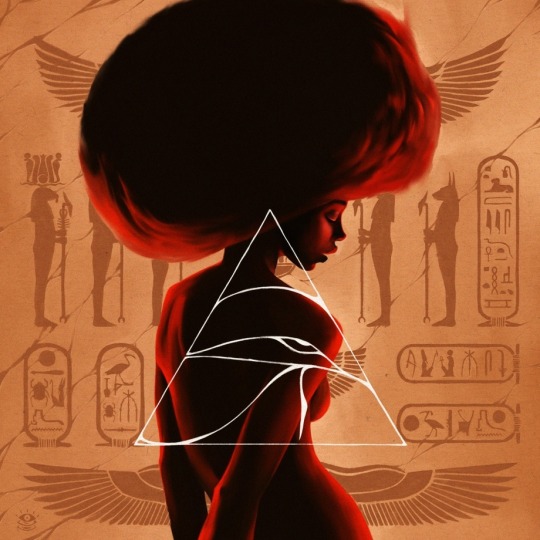
"Divine" by Tiego Prince
#art#print#illustration#artist#tiego prince#black#red#desert#queen#temple#hieroglyph#afro#brown#egypt#pharoah#landofthelivingsad
520 notes
·
View notes
Text

Eye of Horus by Michael Creese
#surreal#surrealistic#surrealism#eye of horus#horus#hieroglyph#egypt#egyptian#god#gods#michael creese#eye#lashes#lash#eyelash#eyelashes#goth#gothic#blue#mascara#makeup#glitter#sparkle
31 notes
·
View notes
Text
we all remember the beloved bug race but what about-
Hieroglyphs:



37 notes
·
View notes
Note
Is there a High Valyrian cursive that someone could conveniently use to write swiftly with quill and ink?
The answer is almost assuredly there is, but I haven't sat down and tried to work it out. A real world analog is hieratic. You've probably seen a lot of Egyptian hieroglyphs in tomb inscriptions, and they're all quite precise:
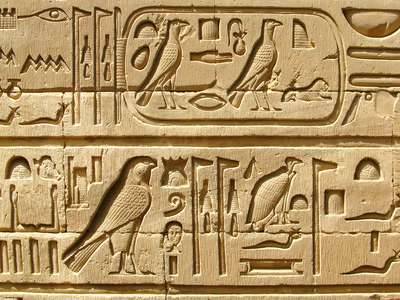
And that's because scribes spent, you know, years on them. They could afford to be quite precise. These were tomb inscriptions, not notes jotted down to a friend. For that, there was a cursive form called hieratic, and it looked like this:

Quite different! Suddenly you can't actually figure out what the heck these are pictures of anymore. It also flows much better, and certainly could be written a lot faster.
Valyrian absolutely would have a form like this, but it would take a lot of figuring out. It's one thing with an alphabet or a similar system, given that there are so many characters, but with over 400 glyphs, you'd have to figure out each one, and make sure it all fit together and made sense... I haven't gotten there yet. But absolutely, such a form should exist, and would be used for most everyday written notes and letters, the full glyphs being reserved for inscriptions, books, proclamations, signs, etc.
Eventually I'll work it out, but if someone else wanted to give it a shot, I'd love to see it!
#conlang#language#valyrian#high valyrian#orthography#script#cursive#egyptian#hieroglyphic#hieroglyph#hieroglyphs#hieratic#writing
112 notes
·
View notes
Text

Featured image: A detail of the basalt Rosetta Stone (Photo at All-len-All)
A mystery surrounds the death of a 19th century-Frenchman who unraveled a great mystery—the ancient Egyptian hieroglyphs.
Jean-Francois Champollion died young after deciphering the Rosetta Stone, which unlocked the keys to the many enigmatic and beautiful hieroglyphic texts discovered in ruins, up and down the length of Egypt.
It gave modern people a much greater understanding of that great civilization.
Champollion was born on 23 December 1790 in France and died there on 4 March 1832, after visiting Egypt in 1829.
He had felt symptoms of malaise before departing for Egypt, according to a letter to the editor of the journal Clinical Neurophysiology by Dr. Hutan Ashrafian of the Department of Surgery and Cancer, Imperial College-London.
Jean-Francois Champollion is considered amongst the greatest linguists of all time; his decipherment of ancient Egyptian hieroglyphs and the Rosetta stone has led some to consider him the ‘‘Father of Egyptology.’’
His early death at the age of forty-one has typically been ascribed to fatigue and exhaustion from overwork on a year-long visit to Egypt.
This journey is reported as having initiated his progressive demise following the return to his native France, where he died from a reported stroke two years later.’ —H. Ashrafian
Dr. Ashrafian writes that the term “stroke” is used here in a generic sense rather than a formal medical diagnosis.
His family has refused to allow an autopsy but studying reports of Champollion’s condition has led the doctor to draw some conclusions about the death of the great scholar.

While in Egypt, Champollion did not suffer from lymph disease or fevers. But later in life, Champollion suffered from muscle weakness, limb paralysis, and ultimately, could not breathe.
He didn’t suffer from heart disease or lack of blood flow.
“Furthermore, at the moment of decipherment of hieroglyphs (1828), he is noted to have collapsed, though this may be viewed as a vasovagal [fainting] episode as a result of extreme emotional outpouring.
In his final weeks, he became emotionally labile consistent with progression of pseudobulbar dysfunction and eventually demonstrated a ‘locked-in’ syndrome before his death.”

Pseudobulbar dysfunction means he was unable to speak.
It may be considered ironic that a man who gave a ‘voice’ to the people of ancient Egypt and opened their world to modern scholars like never before was unable to articulate his own thoughts just before he died.
Given that he was not mentally impaired, did not have seizures but first suffered from weakness in his legs, and later was unable to speak, led Dr. Ashrafian to conclude Champollion had amyotrophic lateral sclerosis—or total paralysis of his muscles.
Exhausted by his labors during and after his scientific expedition to Egypt, Champollion died of an apoplectic attack (stroke) in Paris on 4 March 1832 at the age of 41.
His body was buried in Père Lachaise Cemetery. On his tomb is a simple obelisk erected by his wife and a stone slab stating simply:
Ici repose Jean-François Champollion, né à Figeac dept. du Lot le 23 décembre 1790, décédé à Paris le 4 mars 1832
(Here rests Jean-François Champollion, born at Figeac, Department of the Lot, on 23 December 1790, died at Paris on 4 March 1832).
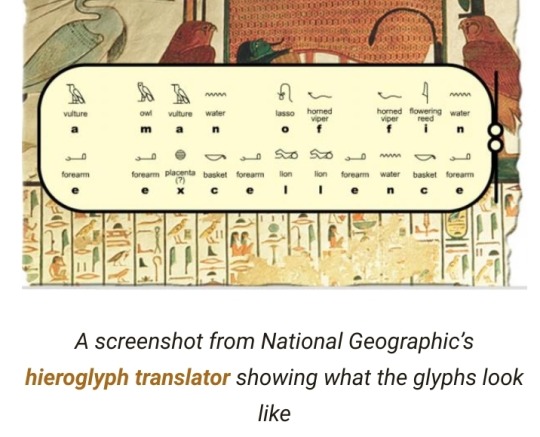
Words of the Gods
The word hieroglyph means “sacred words” or “sacred signs.”
Clement of Alexandria was the first to use the word. Ancient Egyptians called their script mdju netjer or “words of the gods.”
The first known hieroglyphs date to around 3400 to 3200 BC, the pre-dynastic era.
The last known hieroglyphs were carved in stone around 394 AD.
The Rosetta Stone, found by Frenchmen in 1799 in a fort at the town of Rosetta during Napoleon’s occupation of Egypt, has hieroglyphs, Egyptian demotic, and ancient Greek translations of the same text.
Champollion, who had taught himself ancient languages, was able to decipher its meaning and unlock the entire script.
A full translation of the Rosetta Stone can be viewed at the British Museum, which acquired the document and other artifacts after Napoleon’s defeat.
Here is an excerpt:
‘Whereas King Ptolemy, living forever, the Manifest God whose excellence is fine, son of King Ptolemy [and Queen] Arsinoe, the Father-loving Gods, is wont to do many favours for the temples of Egypt and for all those who are subject to his kingship, he being a god, the son of a god and a goddess;
and being like Horus, son of Isis and Osiris, who protects his father Osiris, and his heart being beneficent concerning the gods, since he has given much money and much grain to the temples of Egypt, [he having undertaken great expenses] in order to create peace in Egypt and to establish the temples, and having rewarded all the forces that are subject to his rulership;
and of the revenues and taxes that were in force in Egypt he had reduced some or(?) had renounced them completely, in order to cause the army and all the other people to be prosperous in his time as [king].’
Ancient Egyptians carved hieroglyphs into clay seals, rock, pottery vessels, and bone and ivory.
The Rosetta Stone scripts are carved in basalt.
#Jean-Francois Champollion#Rosetta Stone#Egyptian hieroglyphs#Père Lachaise Cemetery#hieroglyph#Clement of Alexandria#British Museum#Father of Egyptology#Ancient Egypt
40 notes
·
View notes
Text
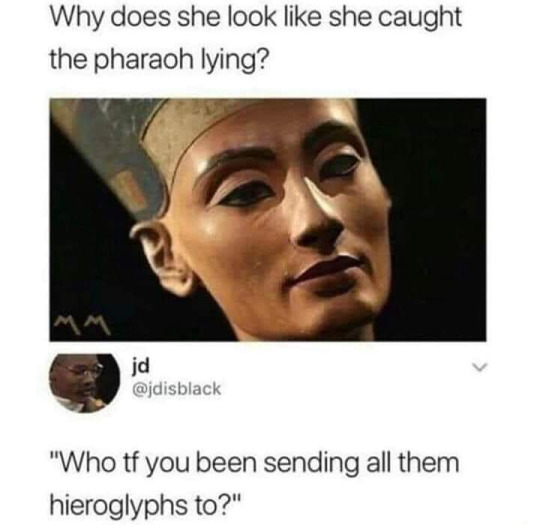
3 notes
·
View notes
Text

7 notes
·
View notes
Text
Would anyone be interested in working on a hieroglyphic writing system for Tolkien's languages?
If yes, then welcome to the Tecesarma project!

#tolkien#writing system#logography#logographic#hieroglyph#hieroglyphic#writing systems#fantasy#arda#middle earth#lotr#hobbit#lotr fandom#fandom#middle earth fandom#quenya#tengwar#elvish#elvish language#elvish tolkien#conscript#conscripting#conscrtipt project#project#calligraphy#sindarin#the silmarillion#tolkien fandom#the rings of power#trop
13 notes
·
View notes
Photo

#egypt#pyramids#ancient art#Hieroglyph#africa#old time#history#pharaons#Sphynx#mystical#art#beautiful places#religion#old paintings#beautiful colors#golden#antique history
10 notes
·
View notes
Text
Busted By Your Emoji and MEME
That's right there are enough emojies and meanings to suite just about everyone. #kravis #midjourney
Emoji’s have meaning.
Yeah, that’s right. Emoji’s and MEME have meaning. And I’m talking the simple image displayed has interesting consequences. Such that in recent tweets and court cases usage of emoji’s have appeared as evidence in court rulings. AND HAVE CHANGED THE COURSE OF TRADING MARKETS.
And before I get to far along with this post, Emojis are in a sense copyrighted works off art.…

View On WordPress
#kravis#3DART#Communication responsibility#Complex writing system#Discretion#Electronic communication#Emoji#Emotional context#Hieroglyph#Ideogram#Legal proceedings#Offensive language#Online communication#Respect#Thoughts & Ideas#Unicode Standard#Visual representation
2 notes
·
View notes
Photo

2 notes
·
View notes
Text
Hieroglyphs at Bolton Museum.

2 notes
·
View notes
Text
The Ancient Egyptian Face Hieroglyph
The ancient Egyptian Face Hieroglyph, with its simple yet significant portrayal of the African human face in frontal view, holds a prominent place in the rich tapestry of Egyptian hieroglyphs. As a preposition and a key element in prepositional constructs, this hieroglyph carries diverse meanings, including ‘in’, ‘at’, ‘upon’, ‘on’, ‘by’, and more. Its versatile nature underscores the complex and…

View On WordPress
#African Art#African artifact#Ancient Egyptians#ancient egyptians history#Egyptian Face hieroglyph#hieroglyph#The ancient Egyptian Face#The ancient Egyptian Face hieroglyph
0 notes
Text
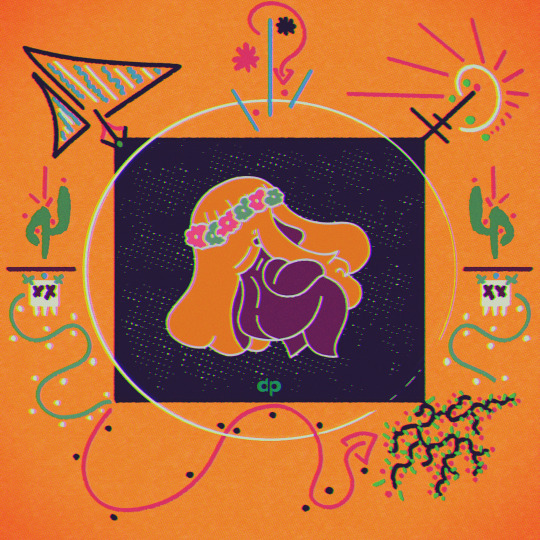
'glyphspell'
(Sketchbook Pro, Canva, PhotoMosh, & beFunky Photo Editor)
#my art#glyph#glyphs#pictogram#pictograms#pop art#symbols#symbology#arcana#tarot#tarot art#hieroglyphs#hieroglyph#hieroglyphic#hieroglyphics
1 note
·
View note